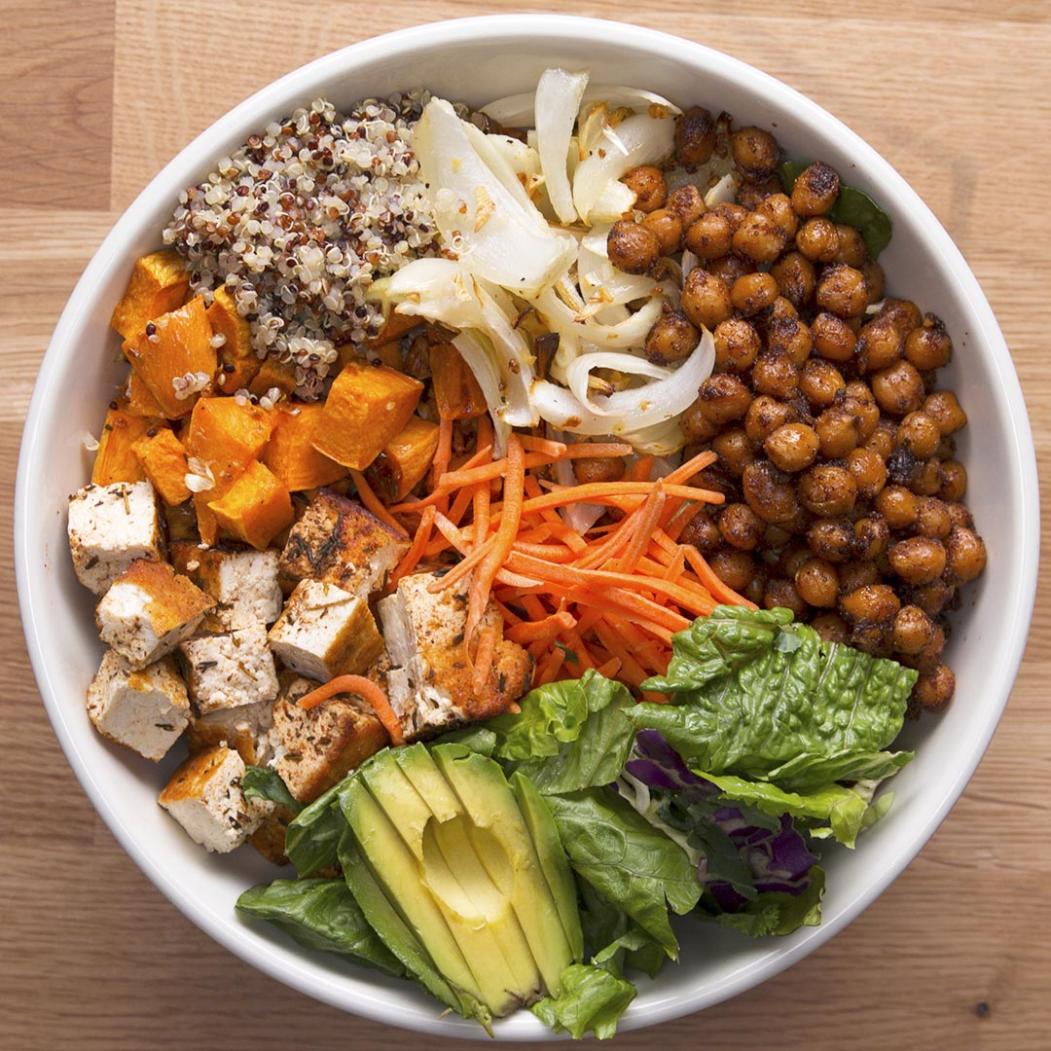What Are the Best Ways to Incorporate Vegetables into Every Meal?
Incorporating vegetables into every meal is crucial for maintaining overall health and well-being. Vegetables are packed with essential nutrients, vitamins, minerals, and fiber that play a vital role in reducing the risk of chronic diseases, improving digestion, and boosting immunity. Despite their importance, many people struggle to consume the recommended daily intake of vegetables due to various challenges such as lack of time, limited cooking skills, and picky eating habits.

Strategies For Incorporating Vegetables Into Every Meal
Breakfast:
- Omelets, Scrambled Eggs, or Frittatas: Add chopped vegetables like spinach, bell peppers, onions, or mushrooms to your eggs for a nutritious and flavorful breakfast.
- Smoothies or Yogurt Parfaits: Blend vegetables like kale, spinach, or carrots with fruits, yogurt, and protein powder for a refreshing and nutrient-packed smoothie. Layer yogurt, granola, and sliced vegetables in a parfait glass for a colorful and healthy breakfast.
- Whole-Grain Toast or Bagels: Top your whole-grain toast or bagel with sliced tomatoes, avocado, cucumber, or sprouts for a quick and satisfying breakfast.
- Vegetable-Based Breakfast Burritos or Wraps: Fill whole-wheat tortillas with scrambled eggs, roasted vegetables, salsa, and cheese for a portable and delicious breakfast.
Lunch:
- Salads: Pack salads with a variety of vegetables, lean protein, and healthy fats for a balanced and filling lunch. Use mixed greens, spinach, or kale as a base and add colorful vegetables like carrots, cucumbers, tomatoes, and bell peppers. Top with grilled chicken, salmon, or tofu for added protein.
- Vegetable-Packed Sandwiches, Wraps, or Pita Pockets: Fill whole-wheat bread, tortillas, or pita pockets with roasted vegetables, hummus, grilled tofu, and fresh herbs for a nutritious and satisfying lunch.
- Soups, Stews, or Chili: Incorporate vegetables into soups, stews, or chili for a warm and comforting meal. Use a variety of vegetables like carrots, celery, onions, potatoes, and tomatoes as the base and add beans, lentils, or lean meat for added protein.
- Roasted or Grilled Vegetables: Roast or grill vegetables like broccoli, cauliflower, zucchini, and bell peppers and serve them as a side dish or as a main course with a lean protein.
Dinner:
- Stir-Fries, Pasta Dishes, and Casseroles: Incorporate vegetables into stir-fries, pasta dishes, and casseroles for a flavorful and nutritious meal. Use a variety of vegetables like broccoli, carrots, bell peppers, and mushrooms and add lean protein like chicken, shrimp, or tofu.
- Roasted or Grilled Vegetables as a Main Course: Roast or grill vegetables like eggplant, zucchini, and portobello mushrooms and serve them as a main course with a side of quinoa, rice, or roasted potatoes.
- Vegetable-Based Curries, Soups, or Stews: Make vegetable-based curries, soups, or stews using a variety of vegetables, lentils, and spices. Serve with whole-grain bread or rice.
- Add Vegetables to Pizza, Tacos, or Burritos: Top your pizza, tacos, or burritos with roasted vegetables, grilled onions, and peppers for a healthier and more flavorful meal.
Snacks:
- Raw Vegetables with Dip: Snack on raw vegetables like carrots, celery, cucumbers, and bell peppers with hummus, guacamole, or Greek yogurt dip for a healthy and satisfying snack.
- Vegetable-Based Chips or Crackers: Make your own vegetable-based chips or crackers using thinly sliced vegetables like kale, sweet potatoes, or zucchini. Bake them in the oven until crispy and season with your favorite herbs and spices.
- Trail Mix: Enjoy trail mix with nuts, seeds, and dried vegetables like raisins, cranberries, or goji berries for a nutritious and portable snack.
- Vegetable-Based Dips or Spreads: Blend vegetables like avocado, spinach, or roasted red peppers into dips or spreads and serve with whole-grain crackers or pita chips.
Tips For Making Vegetables More Appealing
- Use a Variety of Cooking Methods: Experiment with different cooking methods like roasting, grilling, sautéing, or steaming to add flavor and texture to vegetables.
- Experiment with Different Seasonings and Herbs: Use a variety of seasonings, herbs, and spices to enhance the flavor of vegetables. Try garlic, onion, paprika, cumin, or chili powder for a flavorful twist.
- Incorporate Vegetables into Dishes You Already Enjoy: Add vegetables to dishes that you already enjoy, such as pasta, pizza, or tacos. This makes it easier to increase your vegetable intake without feeling like you're eating something completely new.
- Make Vegetables Visually Appealing: Arrange vegetables in colorful and creative ways to make them more visually appealing. Use different colors, shapes, and textures to create a vibrant and inviting dish.
Incorporating vegetables into every meal is essential for maintaining good health and well-being. By following the strategies and tips discussed in this article, you can easily increase your vegetable intake and enjoy a healthier and more balanced diet. Experiment with different ways of incorporating vegetables into your meals and find what works best for you. Remember, small changes over time can make a big difference in your overall health.
YesNo

Leave a Reply